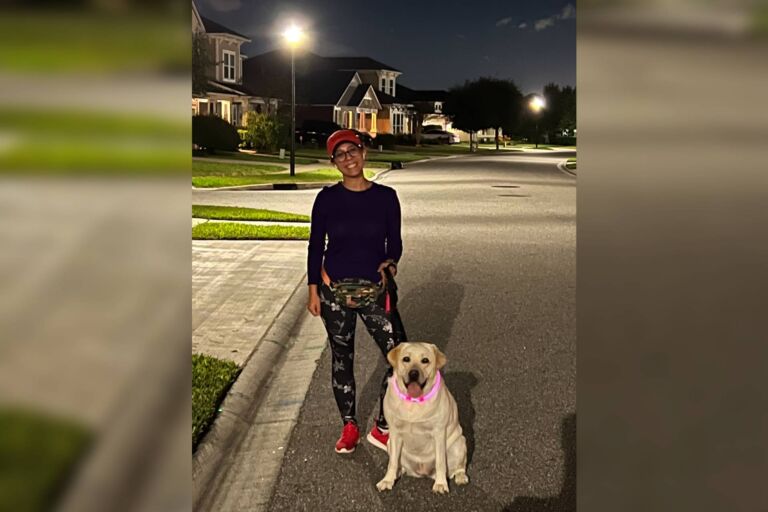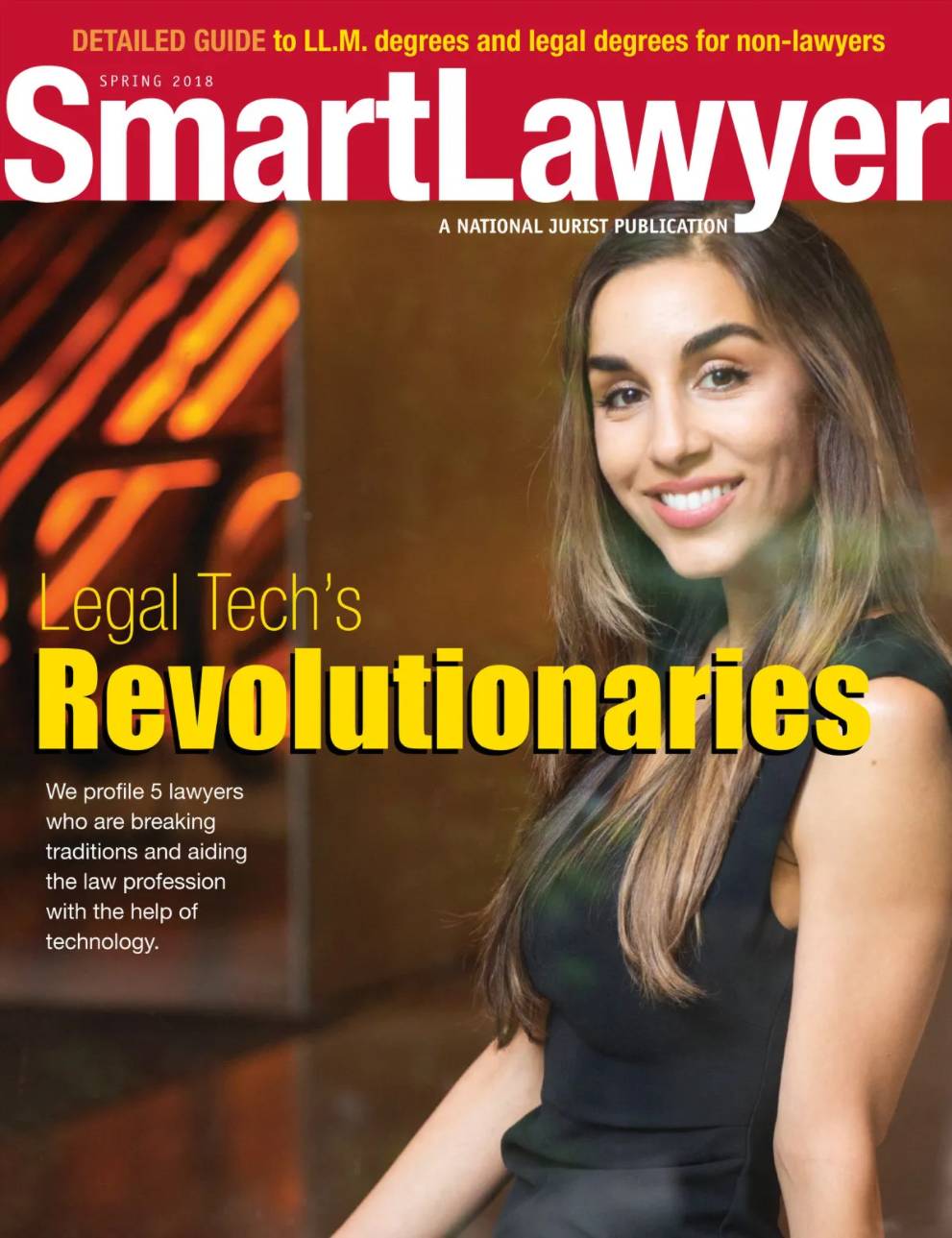By Evan Kline
Accident reconstruction models available immediately. Depositions gathered face-to-face with no travel time. Courtrooms rendered with — yes, with — the blink of an eye.
This isn’t our reality quite yet, but it might be soon — or, at least, it might soon become our virtual reality. In recent years, technology like the VIVE Pro Eye, a virtual reality (or VR) headset complete with eye tracking software that made its North American debut in early June, has become increasingly prevalent in our culture.
But where did this tech come from, and where could it take the legal industry in the future?
From toy to tool
Virtual reality apparatuses have existed for much longer than most of us realize. VR headset-like stereoscopes imitated stagnant 3-D scenes as far back as the 1830s and stayed in vogue as educational and entertainment devices throughout the 19th and 20th centuries.
Today, we have tech like the Google Cardboard, a $15-or-less VR headset that can be attached to a mobile phone and used to view 360-degree YouTube videos. In March, Sony president Sohei Yoshida declared via Twitter that the company had sold 4.2 million PlayStation VR systems.
Modern VR is no new phenomenon. It’s the latest evolution of a fascination with the almost-real that’s existed for centuries. As the almost gets ever closer to the real, the uses of VR grow and expand, even into the stalwart world of law.
In the classroom and courtroom
Some of the first experiments combining VR and law have been spearheaded by college students and employees. With only a 360-degree camera and everyday items in hand, students and faculty at the University of North Texas Dallas College of Law have worked together to film a crime scene that could then be examined through VR. Similar ideas have been put into action at the University of Oklahoma, where law students can put their mock trial skills to the test by filming their practice opening statements in 360-degree view.
Beyond law school, VR might just find its place in the courtrooms of the not-too-distant future. With the right equipment, witnesses, lawyers and jurors could attend the same trial from dozens of locations. By filming accident scenes with 360-degree cameras, jurors could become virtual eye-witnesses to their cases. Depositions could be gathered from witnesses during discovery without investing in travel time or leaning on shaky phone service and fickle transcription technologies.
Challenges facing VR in law
What could possibly stop law firms everywhere from buying their own supply of VIVE Pro Eyes alongside their briefcases and notepads? One issue is “VR sickness,” the common name for a series of symptoms reminiscent of motion sickness experienced by some 25% to 40% of VR users.
Further, to use VR as evidence, lawyers still must jump through typical evidentiary hoops, such as establishing relevance of the evidence and that its probative value outweighs any prejudicial effect. Rule changes might be needed in order to use VR in other manners, for instance, as a remote access tool.
There’s no way to tell whether VR will eventually become ubiquitous within the courtroom. One thing’s for sure, though: VR startups and users are present in our current world, and their cases are already working their way into the landscape of law as we know it.
Evan Kline is a personal injury and wrongful death attorney at KBG Injury Law., which has offices in Pennsylvania. Reach him at ResultsYouDeserve.com.







